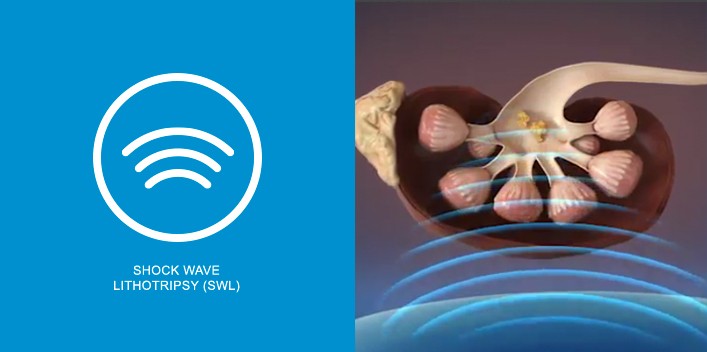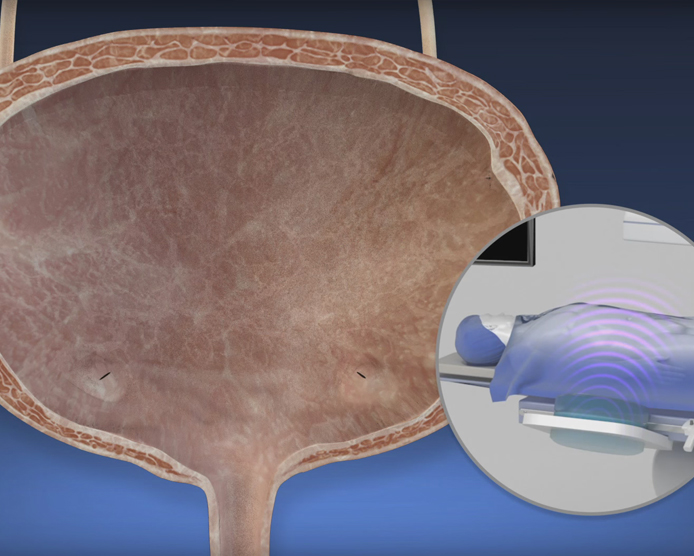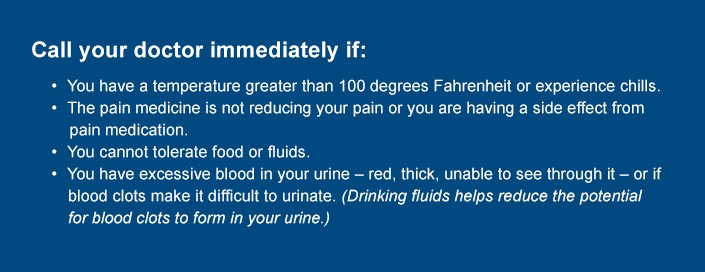Review the pre-operative directions provided by your doctor. You may need to:
- Schedule appointments for an electrocardiogram (EKG), X-rays, or blood and urine tests.
- Discuss with your doctor medicines that might increase your risk of bleeding, such as aspirin, ibuprofen, warfarin, clopidogreland non-steroidal anti-inflammatory drugs. You will need to stop taking some of these medicines before the procedure.
- Take antibiotics, if prescribed, to help prevent infection.
- Check with your doctor on which of your regular medicines to take the morning of surgery. On that day, take these medicines with only a small sip of water.
- Have nothing to eat or drink after midnight the night before surgery (except the sip of water with your morning medicines) unless discussed with your surgeon and/or anesthesiologist.
Arrange for a ride home
You cannot drive yourself home after surgery, so ask a family member or trusted friend to pick you up. Most hospitals and surgery centers will not allow you to take a taxi home after surgery.
Be aware of these common side effects:
- Nausea and occasional vomiting.
- Pain within the first 24 to 48 hours in your kidneys, abdomen, lower back and sides. Take medicine as prescribed.
- Blood in your urine. The color can range from light pink to reddish and sometimes can even have a brownish hue – but you should be able to see through it. (Medications to help with burning sensation during urination can sometimes turn urine orange or blue colored.) If bleeding increases significantly, call your doctor immediately or go to an emergency room for evaluation.
If you go home with a ureteral stent:
- Your doctor will remove the stent at a follow-up appointment, typically four to seven days after surgery, although sometimes the stent must stay in longer.
- You may experience a feeling of fullness in your kidney while urinating, a constant need to urinate (urgency and frequency), a burning sensation during urination or when you move, and bladder muscle spasms.
Call your doctor immediately if:
- You have a temperature greater than 100 degrees Fahrenheit or experience chills.
- The pain medicine is not reducing your pain.
- You cannot tolerate food or fluids.
- You have excessive blood in your urine – red, thick, unable to see through it – or if blood clots make it difficult to urinate. (Drinking fluids helps reduce blood clots from forming in your urine.)


